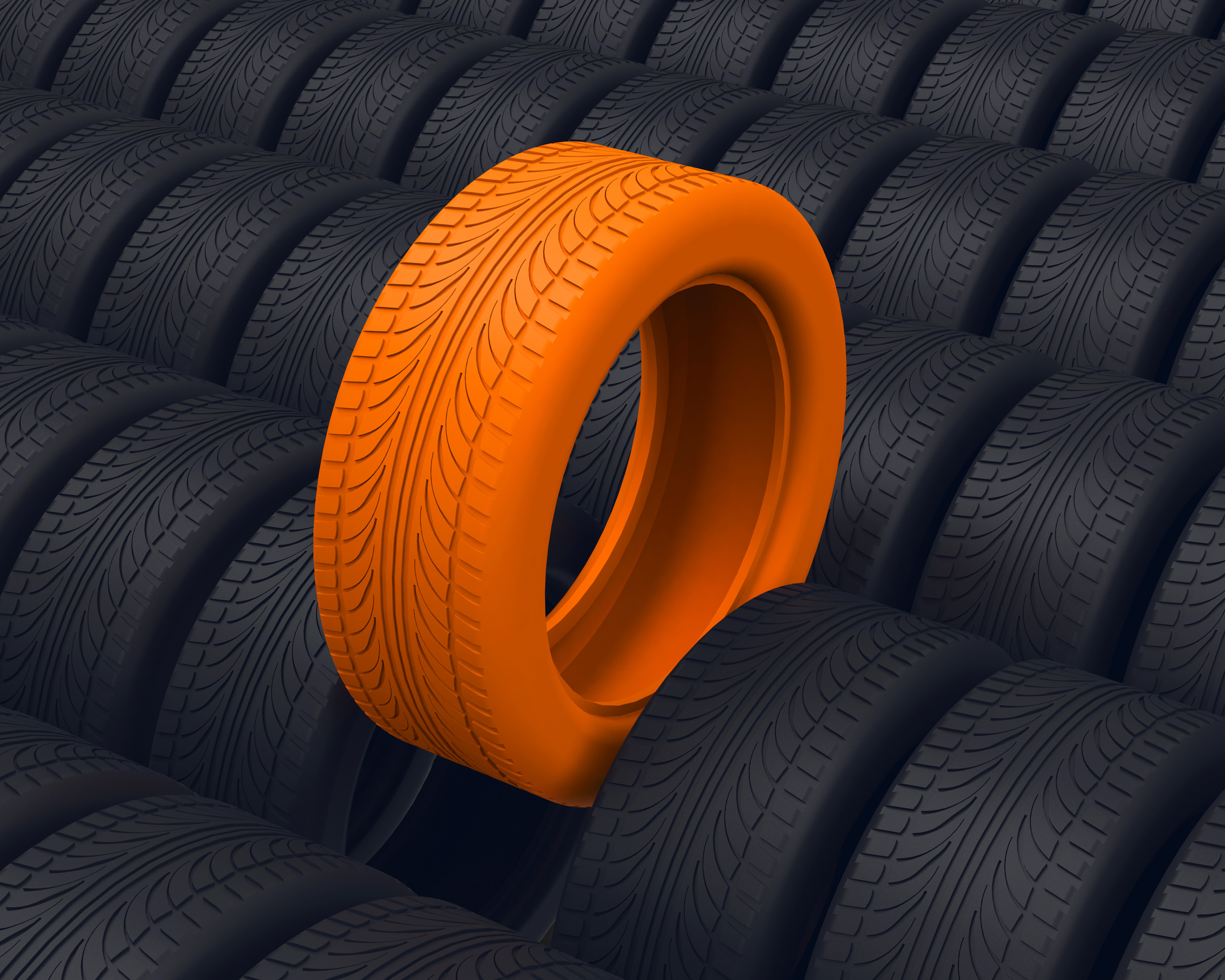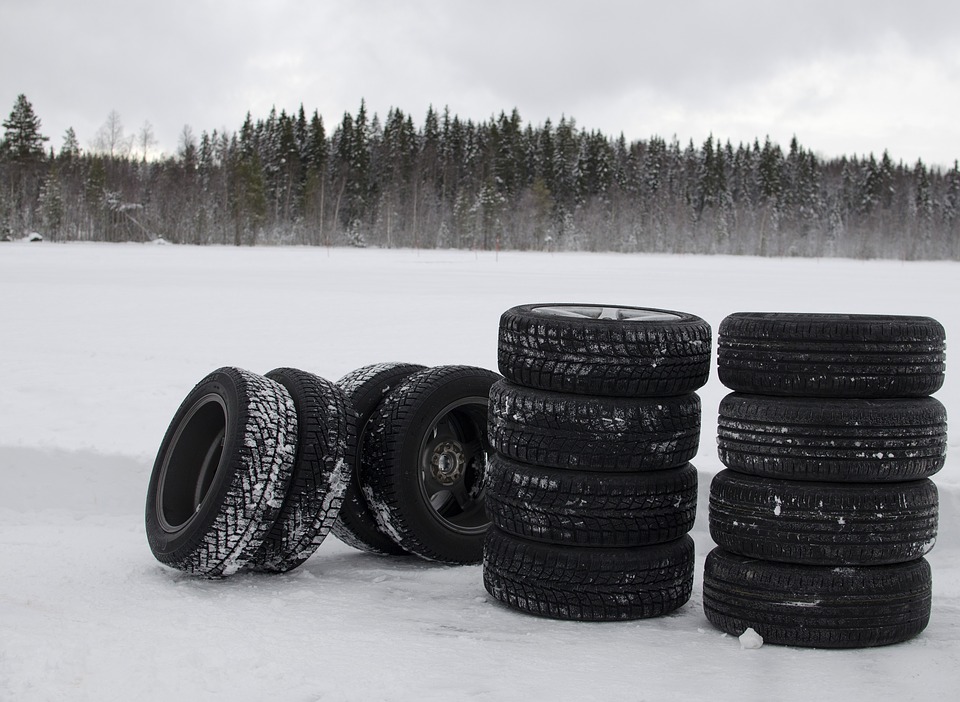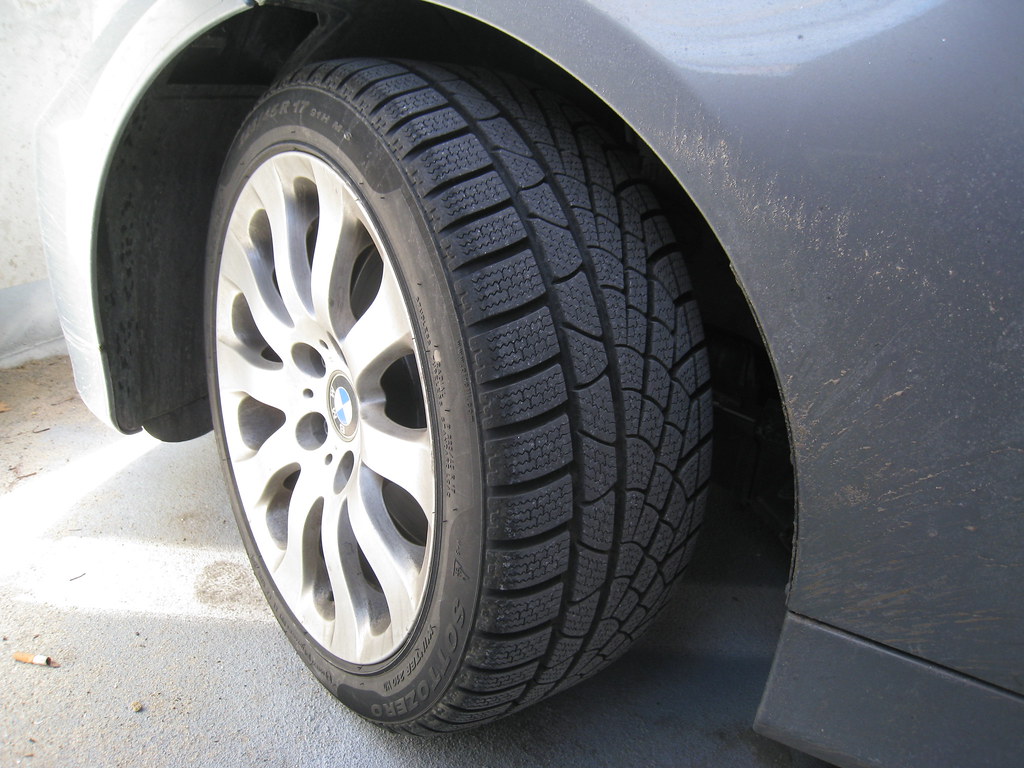Tyre Terms demystified - The Summer, Winter, All season, All Speed, All Load Rating, Homologation Tyre Guide
Choosing tyres might not be the most thrilling shopping experience you ever have, but it’s something we all have to do once in a while. If you’ve found your tyre tread is low, or your garage has recommended it’s time for replacements, you may have started your research online and been overwhelmed with all the different tyre types and options. It seems like the more you look, the more tyres you find and the terms used to describe them can be very confusing, like what on earth is a homologated tyre? So we’ve put together this guide to explain all about each type of tyre, and what their advantages are. This knowledge can be very valuable, giving you the ability to choose a tyre that’s perfect for your vehicle, ensuring you’re safe and your tyres last as long as possible, saving money in the long run, and potentially even lives!
Summer, Winter and All Season tyres
Many people will tell you that changing your tyres with the seasons is a great idea with a lot of advantages, while others will prefer to opt for all season tyres so they don’t have to bother with a change over. There’s no real right or wrong solution, and unlike some countries such as Germany, Austria and Sweden, there is no legal requirement to fit winter tyres, but there are several good reasons why you should consider this option.
The advantages of winter tyres
If you can hide away at home or walk to work in your wellies when the temperature plummets, then you may not need winter tyres, but for most of us, we have to get up and out for work and that involves taking our cars. Standard summer tyres simply don’t perform as well when in the cold. At temperatures below 7 degrees their flexibility is compromised and this can lead to a lack of control of the vehicle. This would be dangerous at the best of times, but when the roads are icy, this can become a lethal situation. Driving on ice can be scary, but winter tyres will give you an advantage. Winter tyres are made using a different type of rubber that keeps its flexibility even in cold temperatures, this makes them much more reliable as the stability and grip is increased. In addition, winter tyres have a deeper tread depth and are more grooved, improving handling in wet and icy conditions.
So why not use them all year round?
So these tyres sound great, why not simply use your winter tyres all year and save yourself the hassle of changing them? Well the problem with this, is that while your winter tyres are perfect when the weather is cold, as soon as the weather warms up, they become much less effective. Above 7 degrees you’ll find your winter tyres don’t perform well, with longer stopping distances and reduced grip when you take a corner. So if you opt for winter tyres, it is a very good idea to go back to summer tyres when the temperature starts to go up in the spring. A good time to fit your winter tyres is around October, swapping back to summer tyres in March.
Are winter tyres worth it?
Winter tyres do cost a little more than standard tyres, so if you’re changing them all that can add up, however, they do last longer. If you’re not comfortable with changing tyres yourself, you’ll also have to factor in the cost of having someone change them for you twice a year, and you’ll need somewhere to store your other set of tyres too. But, for this inconvenience you get the peace of mind that you’ve got the best tyres possible when you head out to work, or on the school run in bad weather, and for many that is priceless.
All season tyres – a middle of the road solution
If you simply can’t manage with two sets of tyres and a twice yearly change over, all season tyres are a trade off solution. They won’t be as good as winter tyres in winter and summer tyres in summer, but nor will they be as bad as using seasonal tyres in the wrong season. If you rarely go out in the ice and snow, this can be a good option for you. All season tyres work well in the wet, reducing the risk of hydroplaning, and they have high density grooves that will help the car grip the roads in adverse weather.
Understanding tyre load and speed ratings
Now we’ll look at the speed and load ratings of your tyres. You can see these in the information shown on the sidewall of your tyre. This information is at the end of the list of numbers and letters such as 91T. The number relates to the load, and the letter to the speed.
Speed ratings
We’ll focus on the speed ratings first. This relates to the maximum speed at which your car can safely travel on those tyres and ranges from N at 87mph to Y at 186 mph. Now you may think well even the minimum is above the speed limit, so you’re never going to need anything more than that, but your tyre speed capacity has to match the top speed of your vehicle, regardless of whether or not you ever drive at that speed. Wrongly matched tyres can actually invalidate your insurance, so it’s more important than you may have realised. If you don’t know your car’s top speed then you can find this out via your manufacturer.
The full list of tyre speed ratings
N: 87mph
P: 93mph
Q: 99mph
R: 106mph
S: 112mph
T: 118mph
U: 124mph
H: 130mph
V: 149mph
Z: 150+ mph
W: 168mph
Y: 186mph
Tyre load
The tyre load is indicated by the number, so with our example, 91T, 91 is the number you need to look up. In this case, a rating of 91 indicates a weight capacity of 615kg. The load ratings range from 62 (265kg) to 150 (3350kg). You can see the full list here on the Michelin website. Again, using the wrong tyres can affect your insurance, so you need to get this right. Your manufacturer will be able to tell you the weight of your vehicle, and you should also take into account your own circumstances. If you regularly travel with your partner, three kids, a couple of large dogs and a boot full of luggage, going up a little with your tyre load could be advisable. Using tyres that are not of a sufficient load capacity for your vehicle can result in faster tyre wear, a loss of stability and comfort, and you’re also at a greater risk of a burst tyre. You are legally required to have the right tyres on your vehicle, so you could even be issued a fine if you are stopped and your tyres are checked.
So what are homologated tyres?
If you own a prestige car, then homologation is something you need to know about. It basically means, that there are tyres available that have been tailor made for your vehicle. When a tyre manufacturer creates a new tyre, obviously it is well tested and then released for general sale. But what some top car manufacturers do, is then take this tyre and run tests on their specific vehicles, fine tuning it so the tyre is perfectly matched to that particular vehicle. This resulting tyre is called a homologated version. These tyres will cost you more, but they will be the best tyres you can buy for your specific car. They’ll offer you some great benefits such as sharper braking, tighter handling and a smoother ride.
How to chose the right homologated tyre
Of course you want a homologated tyre that matches your vehicle, and this is easy to check. The manufacturer that the homologated tyre has been designed by is displayed via a code on the sidewall.
Homologated tyre codes deciphered
Audi - A0, A01
Audi quattro - RO1, RO2, R03
BMW - *
BMW / Mercedes - *MO
BMW / Mercedes Runflat - *MOE
Jaguar - J
Land Rover - LR
Maserati - MGT
Mercedes-Benz - MO, MO1
Mercedes-Benz Runflat - MOE
Porsche - NO, N1, N2
Tesla – TO
Understanding EU tyre labels
When you buy a tyre, it should come with an EU tyre label. Understanding what these mean can help you to make the best choice when you’re next buying tyres. These labels offer three different pieces of information. The first is indicated by an image of a petrol pump, and this relates to fuel economy. The rating goes from A, the most efficient, to G, the least efficient. If you’re looking to keep your fuel costs to a minimum, then you’re going to want an A rated tyre. The second indicator depicts a rain cloud and this tells you how good the grip of the tyre is in wet conditions. Again this runs from A to G with A being the best. Finally, you have a picture of a speaker with 3 ‘sound waves’ emanating from it. This shows you the noise rating of the tyre with one black wave being quiet, 2 being moderate and 3 being noisy.
Choose well
So now you are fully armed with all the information you need to buy the tyres that work the best for your vehicle. A good choice will ensure you keep your fuel costs down, you can drive safely in cold, wet or icy weather and you’re using the correct tyres for your vehicle with regards to load and speed ratings.




Comments